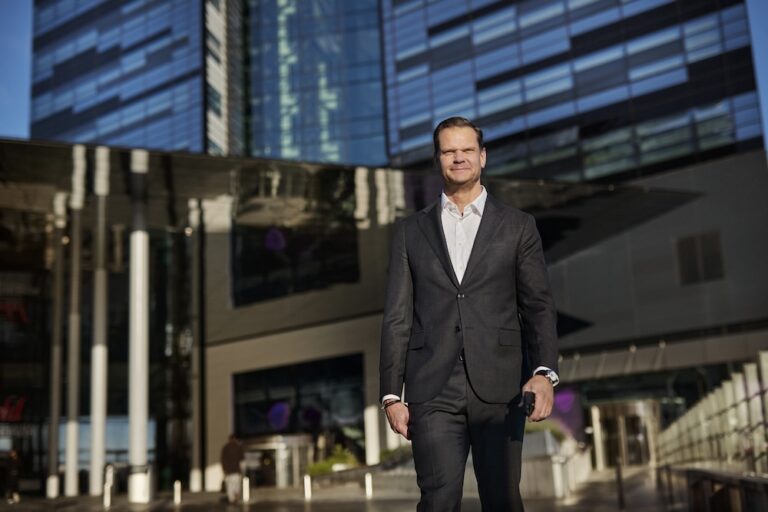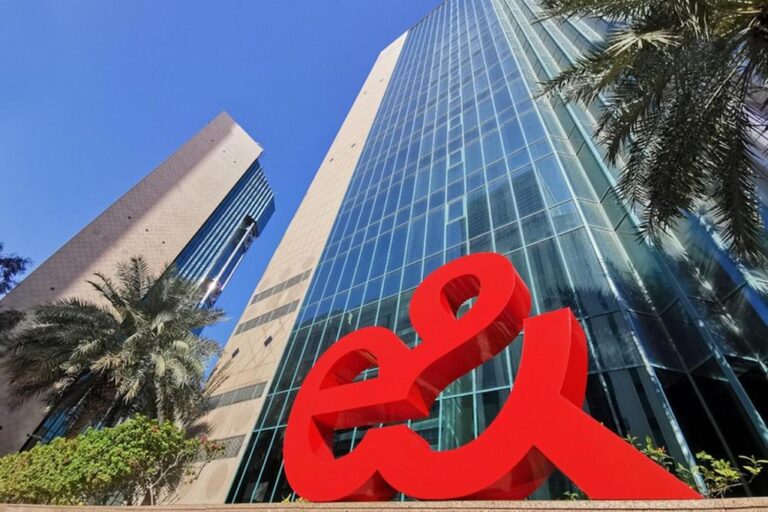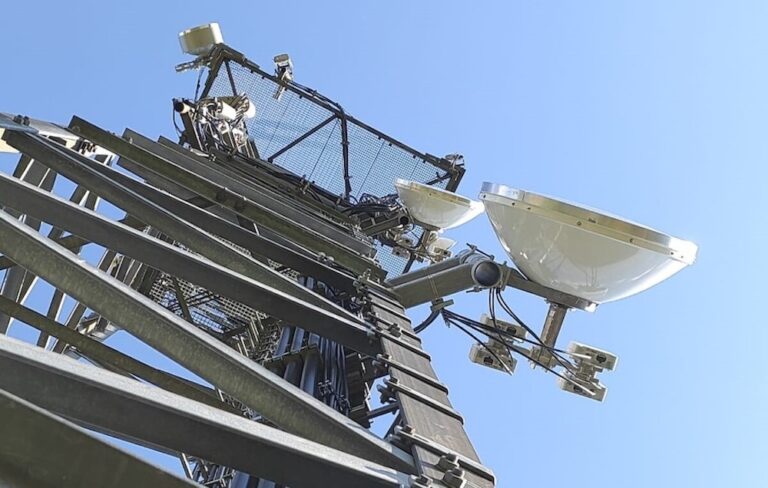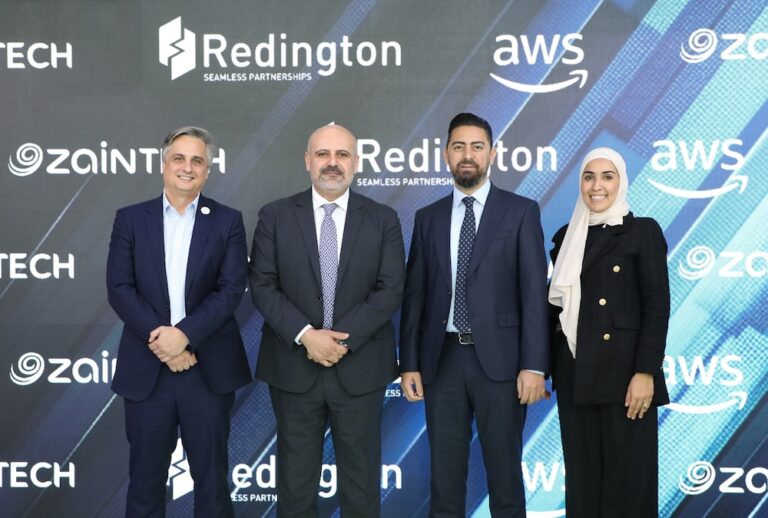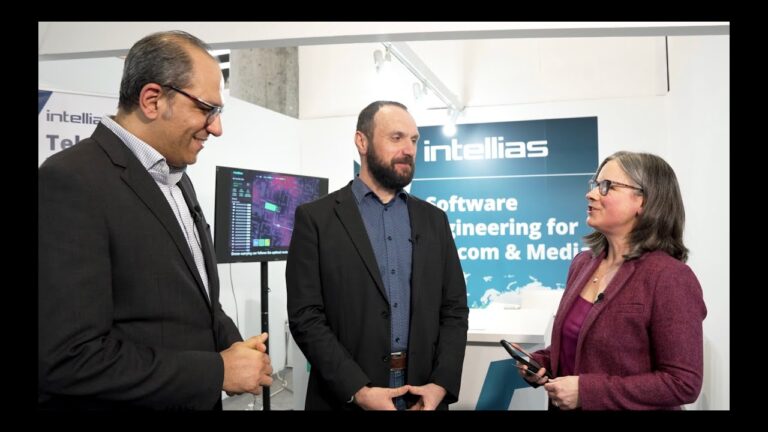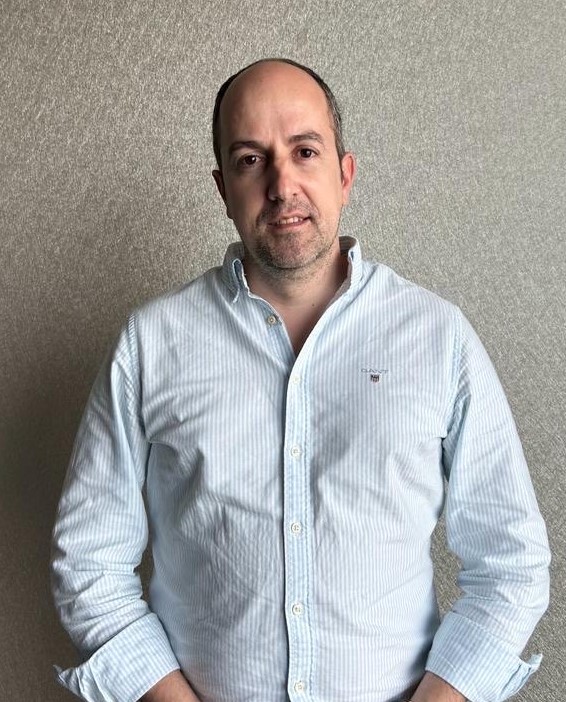However, 30% of SVOD viewing time is spent on watching UK and European content
Europe’s SVOD market is so concentrated, 85% of viewing time generated by only three services (Netflix, Prime Video and Disney+) over the past year. Netflix dominated with 53.4% of total viewing time, Amazon Prime Video was at 19.4% and Disney+ had 12.1%. Five services accounted for more than 1% of total viewing time; Canal+ SVOD with 3.5%, HBO Max with 2.8%, Sky Go, Viaplay and Movistar SVOD with 1%.
The findings were released by the European Commission supported European Audiovisual Observatory in its “SVOD Usage in the European Union” report.
All other services accounted for less than 0.58% of total viewing time, ranging from Vodafone TV with 0.58% to five services which accounted for less than 0.01% (Filmo TV, SFR Play, realeyz.tv, NPO Plus and SF Anytime). However, even considering the strong weight of these three dominating services, viewing on SVOD is still more diverse than admissions in cinemas: the top 100 titles account for 22% of SVOD viewing, while they represent about 74% of cinema admissions.
Viewing time is also mainly generated by recent films (produced in 2022-23): they represented 25% of viewing time but only 1% of catalogues. Meanwhile Fiction works accounted for 87% and 95% of viewing time of film and TV seasons.
This report is based on SVOD viewing time data provided by Goldmedia’s VOD-Ratings in 9 EU countries (Denmark, Finland, France, Germany, Italy, Netherlands, Poland, Spain, and Sweden) from September 2022 to September 2023. The authors said that even if the limited number of EU countries in the sample does not allow for a proper typology, nuances still appear between countries, in particular in terms of genre. But overall, consumption patterns are similar across all countries.
Film usage on SVOD is much less concentrated than TV content usage; originals commissioned by the streamers get a much more significant viewing share for TV content (close to 60%) than for films (less than 25%); whereas animation and documentary works generally account for a smaller share of viewing than their share in catalogues, the gap is wider for TV content than for films.
European works accounted for 30% of SVOD viewing time, including 21% for EU works, 9% United Kingdom works and 1% for other European works. When comparing their share in catalogues and viewing time, US works are systematically overconsumed and European works under consumed. However, among European works, national works are over consumed in 7 out of the 9 countries of the sample, whereas EU non-national works are under consumed in all countries.
Beyond European and US works, of note is the modest weight of consumption of works from other regions of the world (8%, well under their share of catalogues).
Film and TV content in TVOD, SVOD and FOD catalogues
European works (films and TV content) accounted for 31% of all works in VOD catalogues in 25 member states of the European Union, with EU27 works representing 21% and other European works 10% (32% in TVOD catalogues, 31% in SVOD and 26% in FOD catalogues).
For all types of VOD catalogues, European non-national works represented the majority of EU27 works, with 64% of all EU27 works in TVOD catalogues being of EU non-national origin, 78% in SVOD and 67% in FOD catalogues.
VOD catalogues in high- and mid-volume film and TV production countries like France, Germany, Italy and Spain rely more on national works for their EU27 offering (with 64% of all EU27 works in VOD catalogues in France being of national origin) while VOD catalogues in lower volume production countries rely mostly on EU non-national works for their EU27 works offering (with 1% of EU27 works being of national origin in VOD catalogues in Bulgaria, for example).



